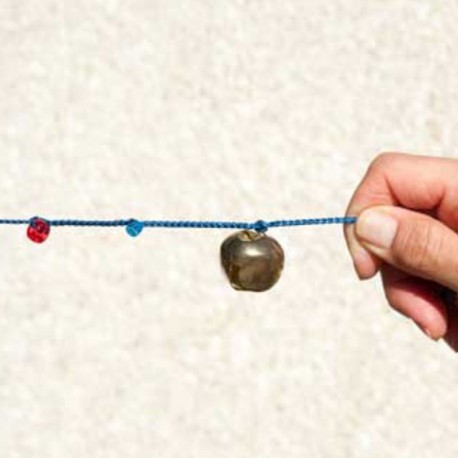 View larger
View larger
Solar System Bead Activity
New activity
Participants calculate and construct a scale model of the solar system using beads and string.
Open Activity
-
Rating
-
Participants Enjoyed the ActivityParticipants Learned from This ActivityActivity Instructions Were Clear and Easy to FollowWould Recommend
Related Programming Resources
Reviews
Easier with four hands than two
The results for this were well worth a few manual dexterity struggles and gave participants an excellent image for how the planets are distributed. The process did involve a few snags during construction, most easily solved with another set of hands, so I found working in pairs a good way to keep frustrations in check and produce a good joint project. While knotting the string, a common difficulty was in keeping the bead in place, especially early in the process, when they were working with more loose string. Having one person hold the bead in relation to the string helped a lot. If working in teams, I'd either have them collaborate on the calculations or do the first few individually, check to verify agreement, and then move forward, rather than letting one finish the sheet with a complete set of wrong answers due to a misunderstanding or confusion.
I had quite a bit of unused yarn looking for a project, so we used it for the string. It was mostly functional, but frayed early, so I crimped small paper clips into a shape that functioned as a needle threader, and instructed kids on how to use it. If I were to repeat the activity, I'd probably have students wrap both ends with a small piece of tape to mimic a shoelace end.
After the model was created, there was a general feel of marvel at the scope of the solar system and our place in it. I left the choice of where/if to include Pluto up to individual groups, which also created some interesting discussions.



